Hell’s Paradise is a gorgeous series, whether you’re watching it as an anime or reading the manga. It’s a fantastic, concise experience created by artist Yuji Kaku known for its stunning visuals, entertaining characters, and fascinating story. But in adapting a fantastic series such as this one, there were bound to be some deviations. Learn all about the differences between the Hell’s Paradise manga and anime here!
What Are the Differences Between the Hell’s Paradise Manga and Anime?
Hell’s Paradise has largely received a faithful adaptation of its source material, albeit with some superficial changes such as character names and the order of events. So far, nothing substantial from the story was outright omitted in the anime, but there were some curious changes that make sense after some quick examination. Such changes include:
Hell’s Paradise Omitted Some Buddhist References in the Anime
This is not to say that Buddhism and Buddhist religious imagery is absent from the series, as that’s simply untrue. But the earliest noteworthy difference between the Hell’s Paradise anime and manga is in the case of Horubo.
Related: Is the Hell’s Paradise Manga Finished?
Horubo is one of the early convicts who was killed off by Aza Chobe, but when he is introduced in the anime he is called “Horubo the Killing Prayer” which is just inherently confusing. It’s meant to convey that he prays for murder, but instead of making him sound like the act of prayer personified and out for blood.
But most importantly, this was changed from the original manga, which referred to him as “Killing Buddhist Prayer” “Killing Nembutsu (Buddhist prayer)” or even “Killing Buddha.” It’s pretty clear why this would be seen as a sensitive reference, and he’s not exactly an important character.
However, other important characters in the series contain Buddhist references in their alternate names that are seemingly changed in the anime. These include references such as Akshobhya with Ju Fa and Manjusri with Gui Fa. What’s curious is that despite the English translation showing these names, the Japanese audio in the anime and original manga have some deviations. In this case, the anime felt less like an omission and more like an alteration, especially when translated to English in the subtitles.
If you instead search the names they’re given, Ashuku Taitei and Monju Kōkō respectively, you’ll not likely turn up Buddhist references right away. If they are different for the sake of not explicitly having violent, deadly fighters bearing Buddhist references in their names, the change makes some sense. These instances feel less like outright censorship than the case of Horubo.
Hell’s Paradise NSFW Content Differences Between Manga and Anime
The other key difference so far in Hell’s Paradise is its use of nudity in its content. The series was the headliner Shonen Jump+ series in 2018, a service that caters predominantly to males aged 18-24. While the series is marketed as Shonen, it has more NSFW references, particularly nudity, and sexual references.
But sexuality is not edited out entirely, simply toned down when it comes to one specific detail: the nudity, namely nipples. Nude breasts are exposed at numerous points in the series, such as Episode 9 and 11, and despite clear references to intercourse and sexual acts, showing nudity appears to be where the series censors itself.
It’s as bizarre as it is in the case of the Berserk 2016 anime, in that the characters are clearly naked but have their anatomy altered instead of just not being nude. But I digress, all this is is simply a difference, and one that can be overlooked pretty quickly.
Hell’s Paradise doesn’t have too many other drastic changes between the manga and the anime, beyond slight differences in how the story is paced or the order of events. Seemingly everything so far has been kept in the story, and the instances of censorship so far have seemingly been accepted, if begrudgingly, by the fans.


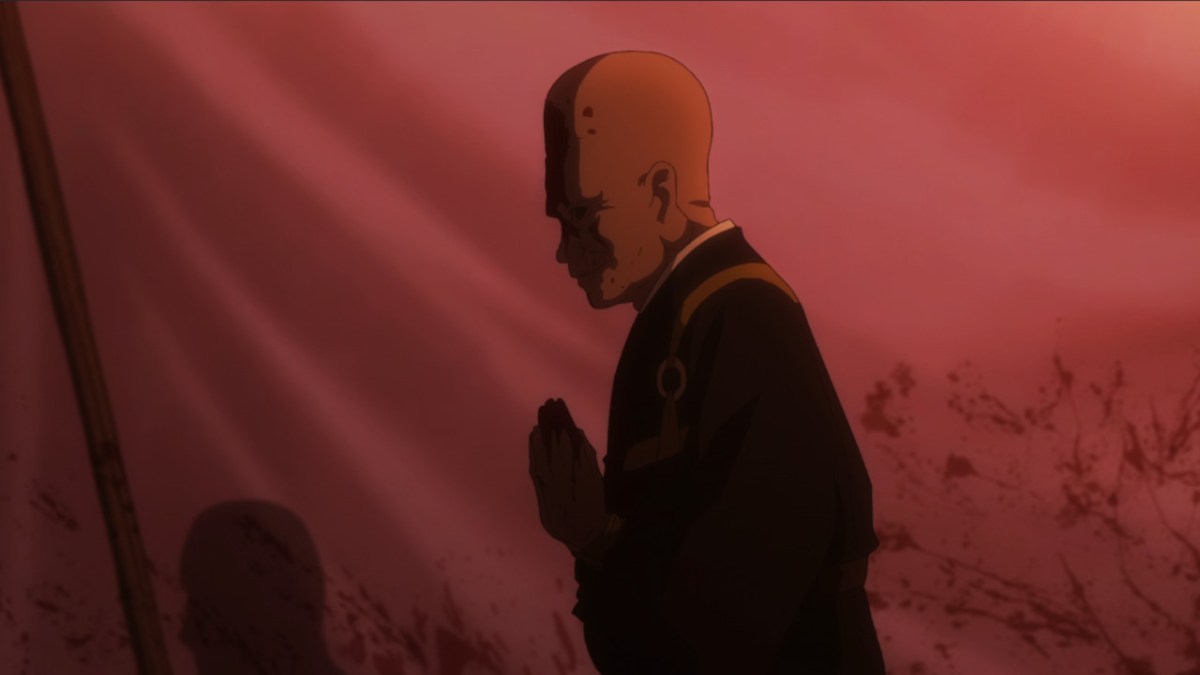

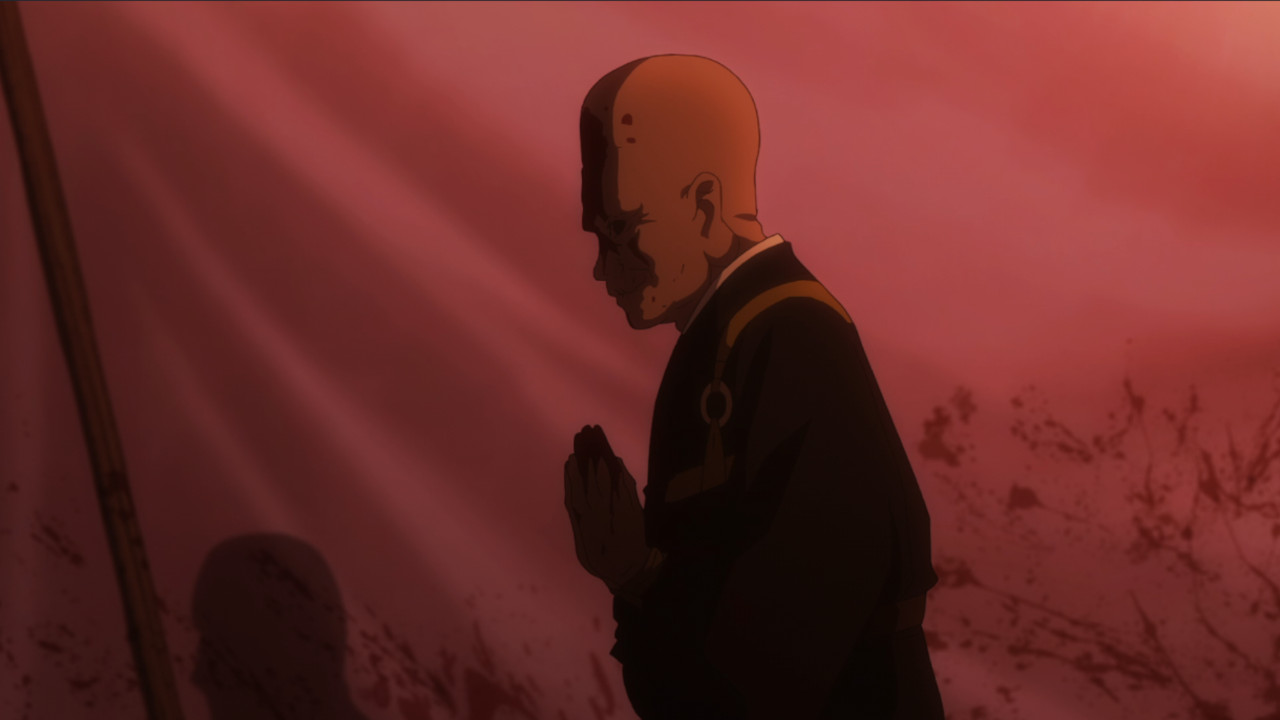
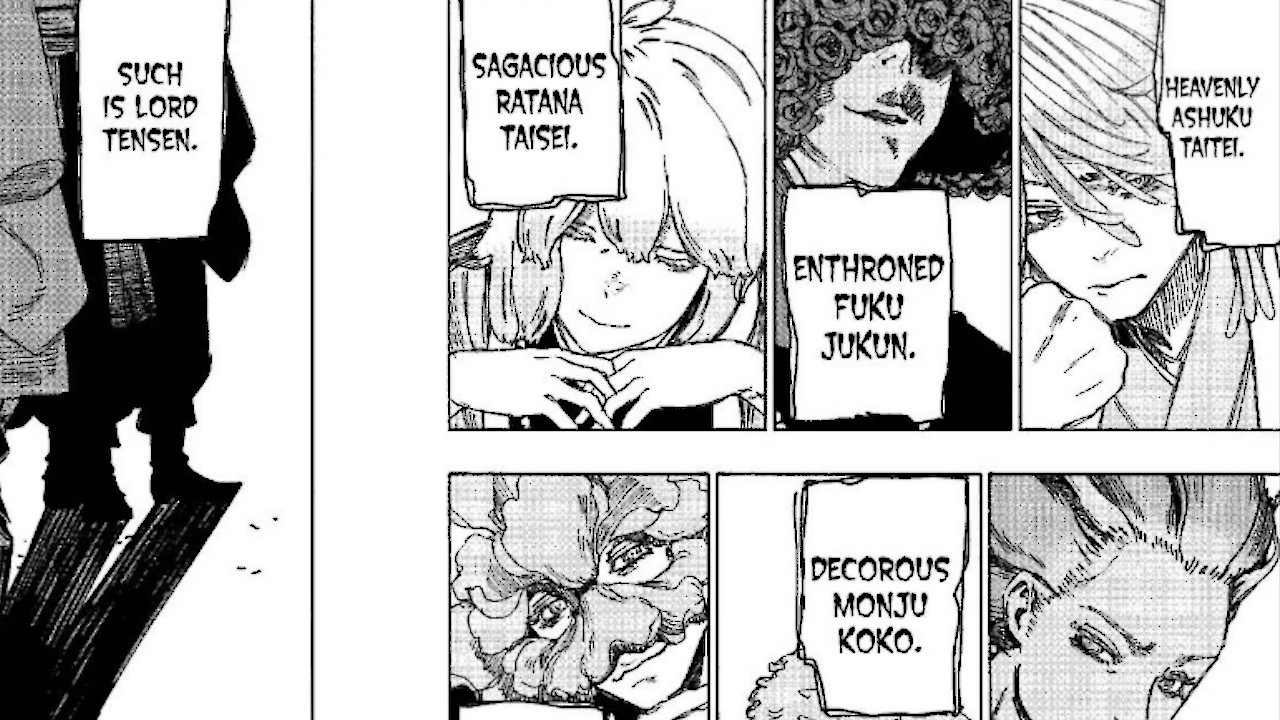


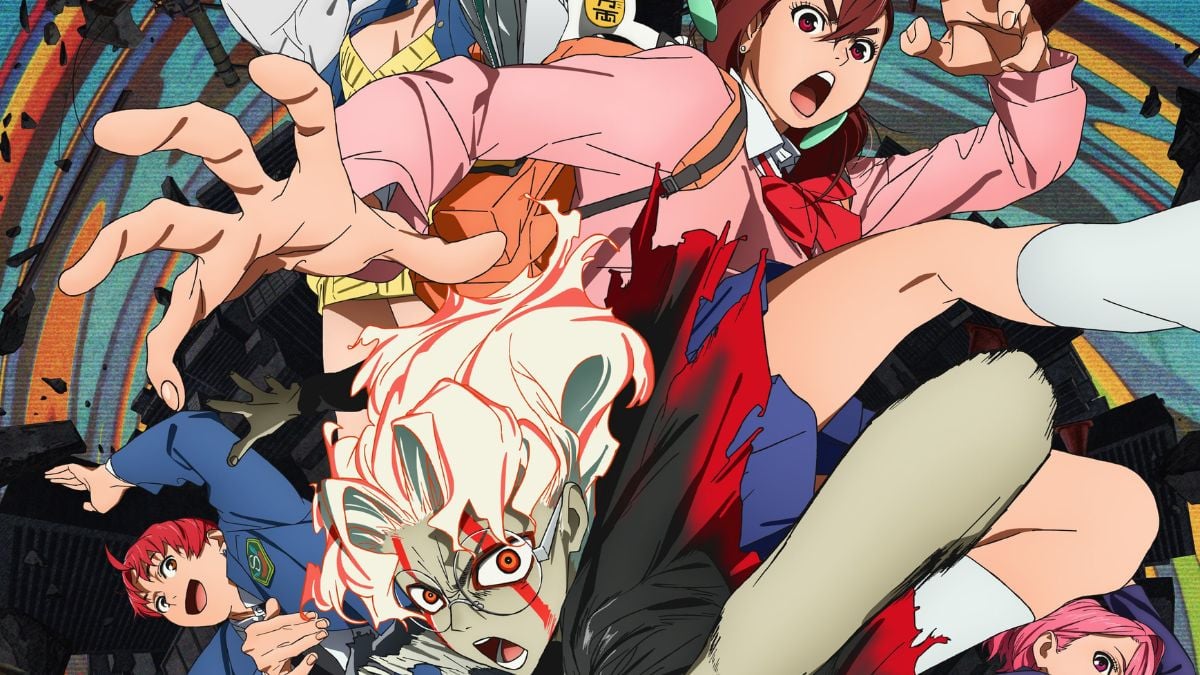
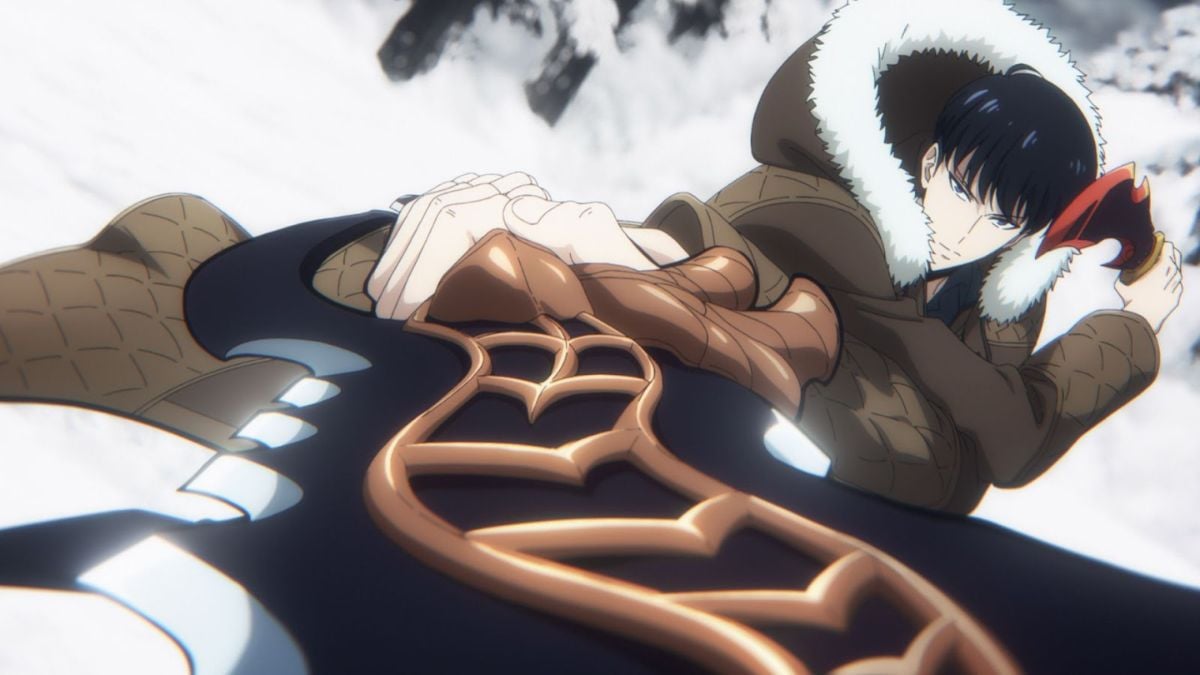
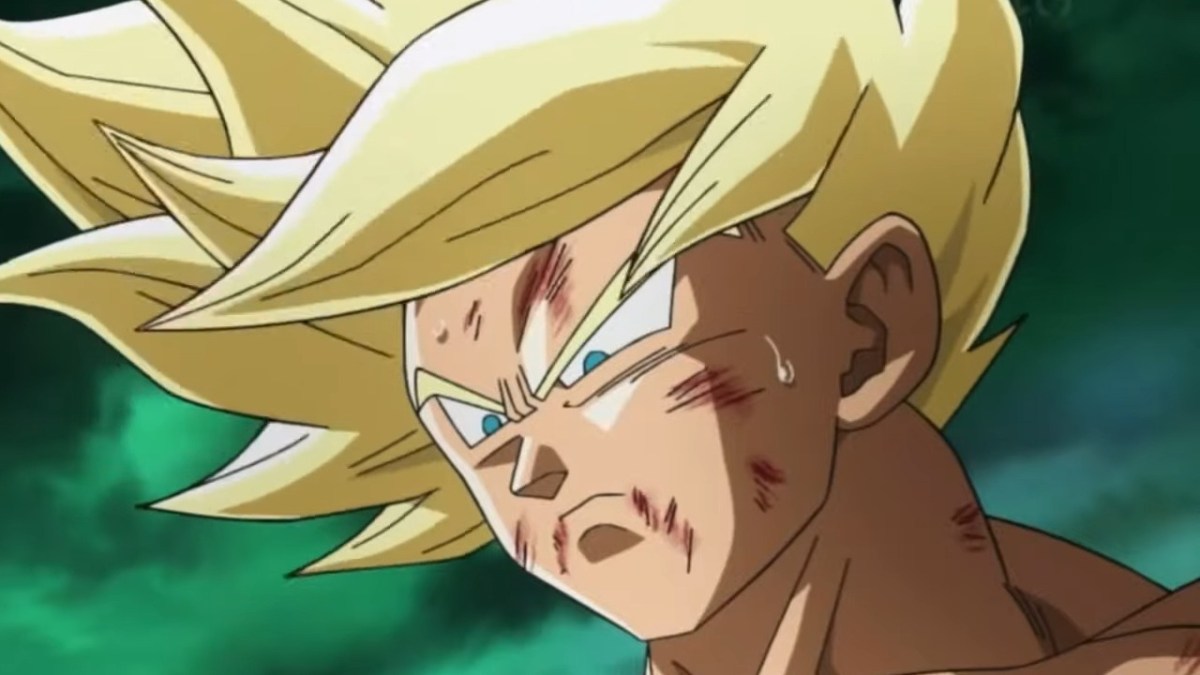
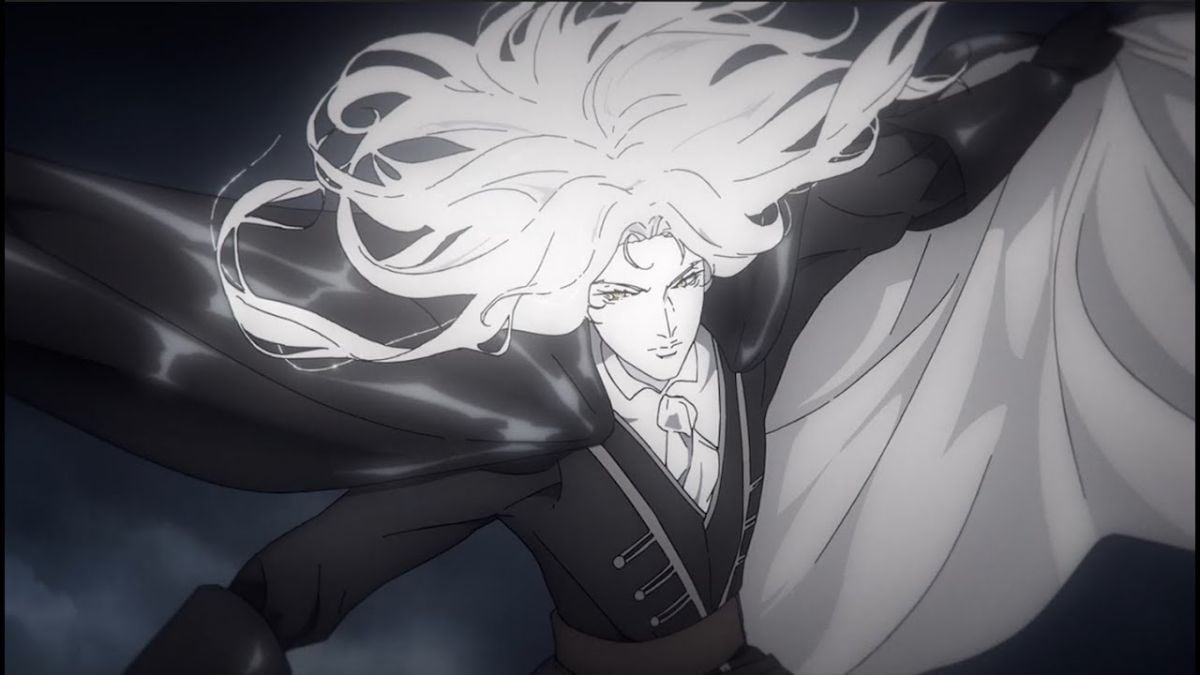
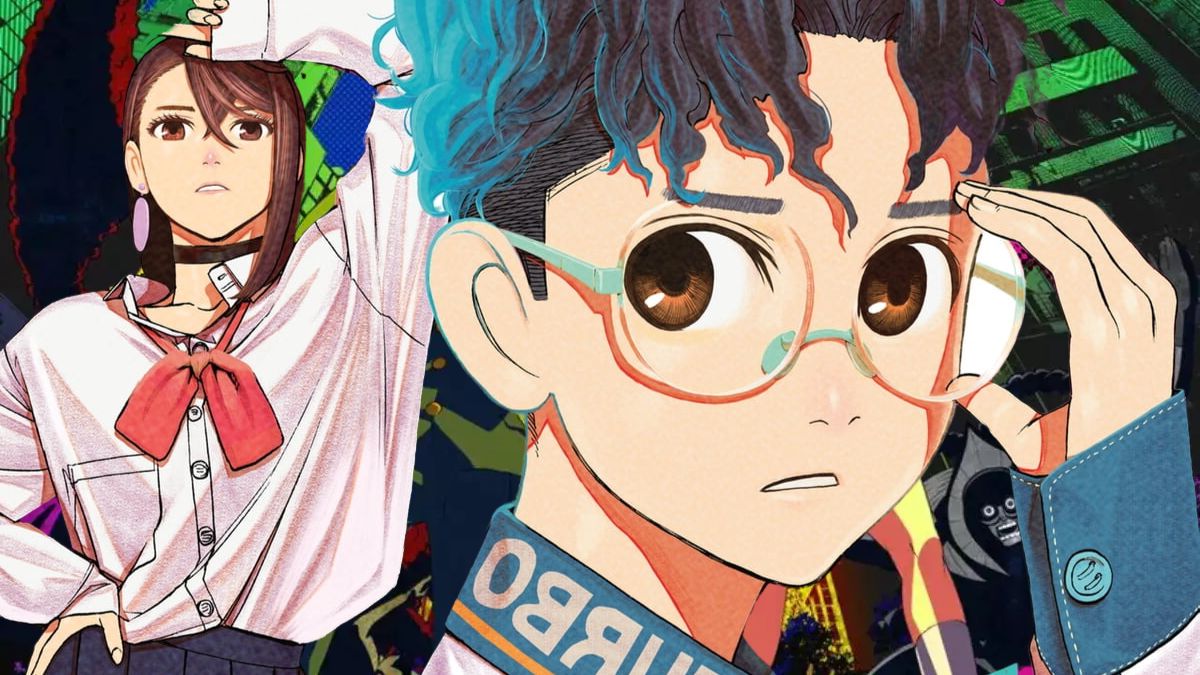


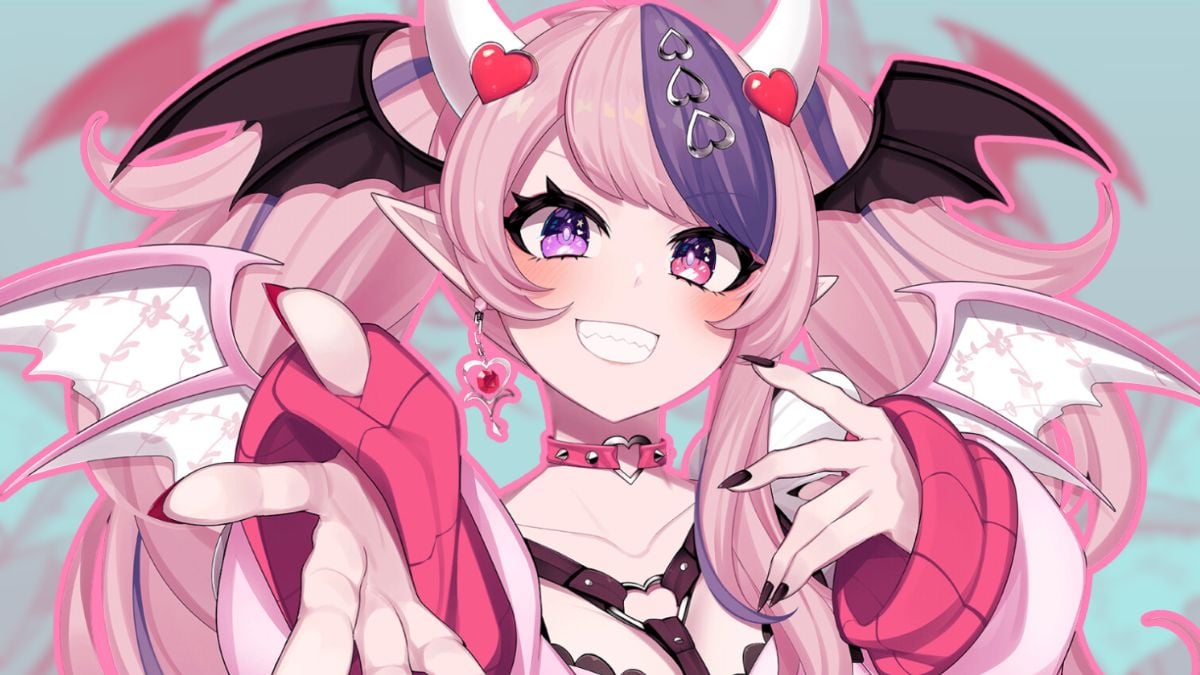

Published: Jun 17, 2023 02:08 pm